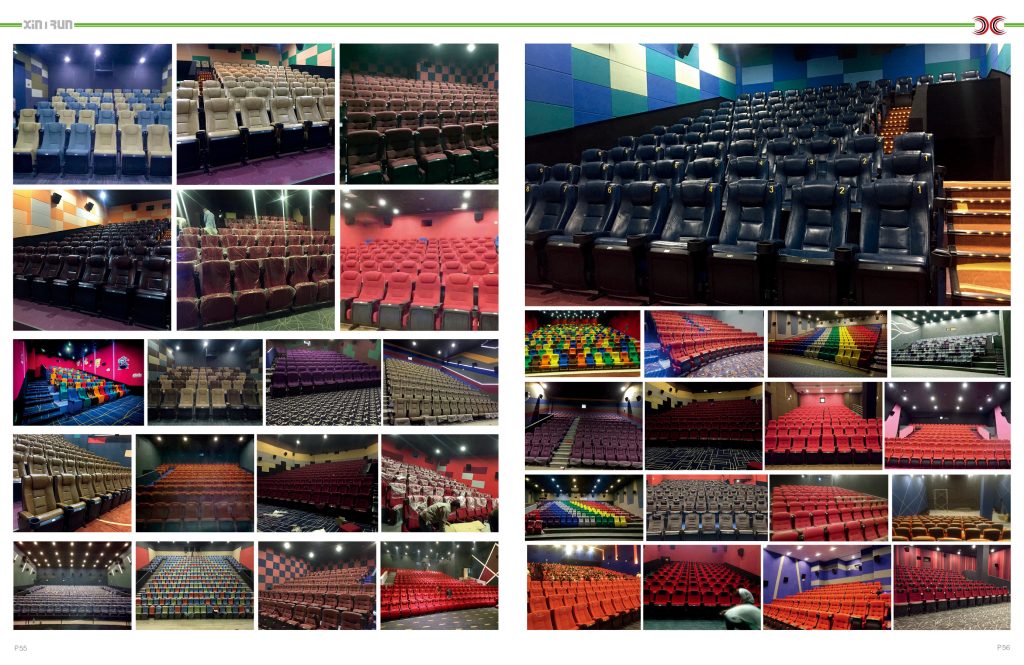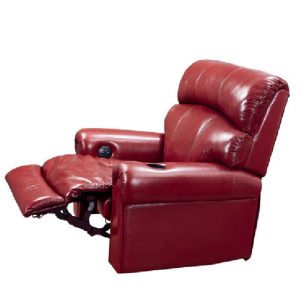- The film projector handles the screening of the movie,
- The sound system produces the audio,
- The screen provides a visual display. But, with the advancement of technology, things have changed.
DCP
Nowadays, Digital Cinema Packages (DCPs) have replaced traditional 35mm film prints as the primary medium for movies. A digital cinema package (DCP) is a collection of digital files used for exhibiting movies in cinemas.It contains all the necessary digital information required for playing a movie, including the video, audio, and subtitles. Unlike traditional film prints, DCPs are stored on a hard drive or a server, making them easier to transport and distribute.
DCPs offer a range of benefits over traditional film prints. Following are some of its advantages
- DCPs provide better image and sound quality, as they are not subject to the wear and tear associated with traditional film prints.
- They are also more reliable, as they don’t suffer from issues like scratched or damaged film.
- Additionally, DCP can be easily replicated and distributed, making it easier for movie studios to release their movies globally.
Projector
Projectors are the primary devices used in cinemas to display the digital content stored in the DCP. They work by projecting a bright beam of light through the DCP and onto the cinema screen, creating a large-scale image that audiences can enjoy.
Laser projectors
Modern projectors use laser technology-based projectors. A laser projector is an innovative device that projects laser beams on a screen to create dynamic moving images for both entertainment and professional purposes. Its components typically include lasers, mirrors, galvanometer scanners, and other optical components.Laser projectors utilize a solid-state laser light source that delivers consistent brightness throughout the projector’s lifespan, reducing the need for frequent lamp replacements. Furthermore, they offer a longer lifespan and require minimal maintenance, making them a cost-effective option for businesses and home theatres.Laser projectors are also highly versatile in terms of placement, allowing them to project from various angles and distances without compromising image quality. The only drawback is that they create speckles on silver projection screen surfaces.
Cinema Screen
A cinema screen is a large surface used for displaying projected images in movie theatres. It is typically made of a highly reflective material that ensures the projected image is bright and clear, even in a darkened theatre.The cinema screen is an essential component of the cinema experience, as it plays a crucial role in creating an immersive environment for the audience. The cinema screen is designed to deliver the best possible visual experience for moviegoers.Its size, aspect ratio, gain, and surface texture all contribute to creating an immersive cinematic experience. The screen’s size and aspect ratio determine the width and height of the image displayed, while the gain and surface texture determine the screen’s ability to reflect and diffuse light, respectively.A well-designed cinema screen is essential for delivering high-quality images that capture the audience’s attention and transport them into the world of the movie.










